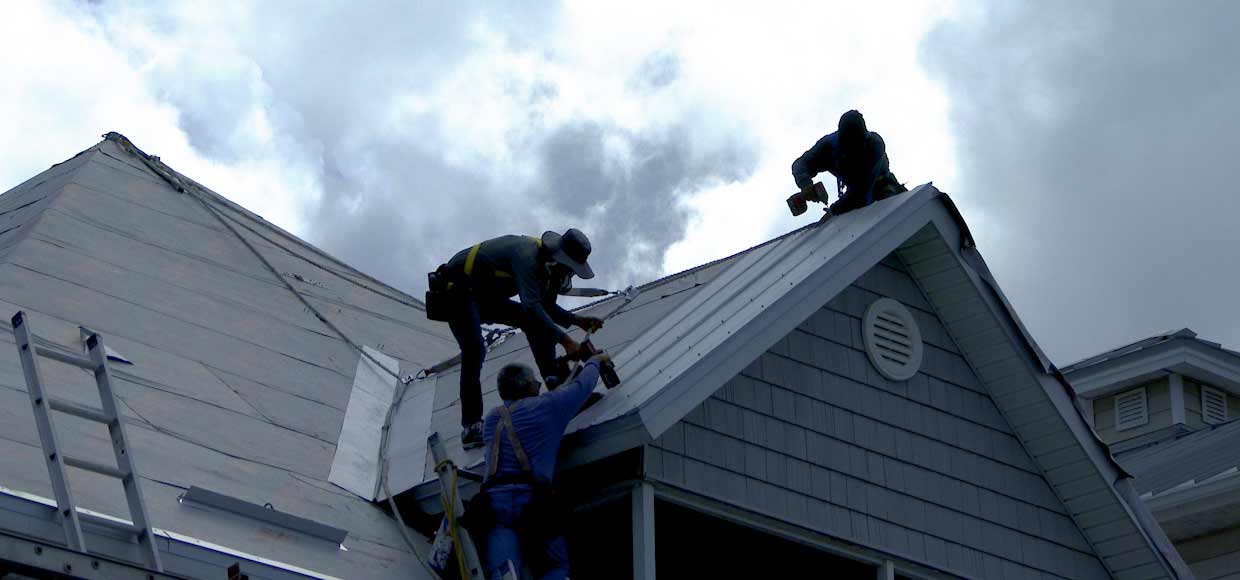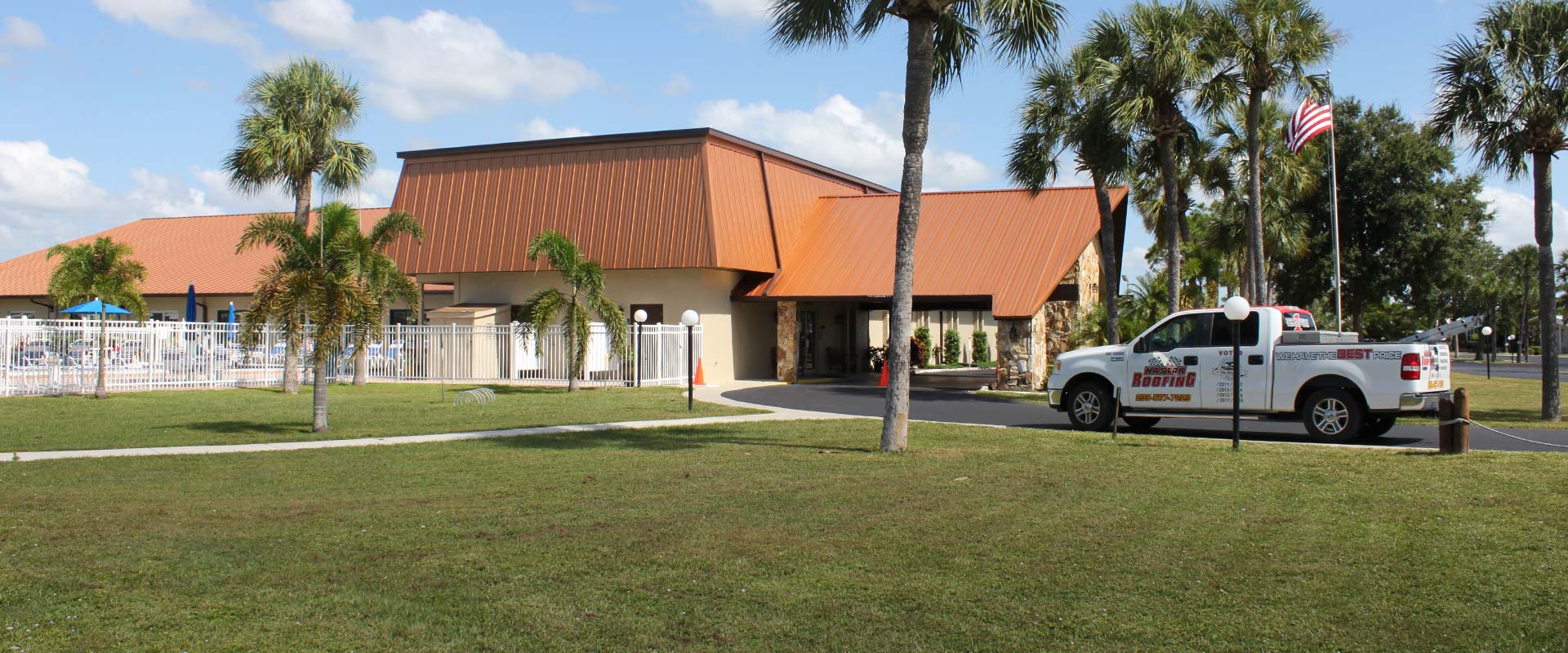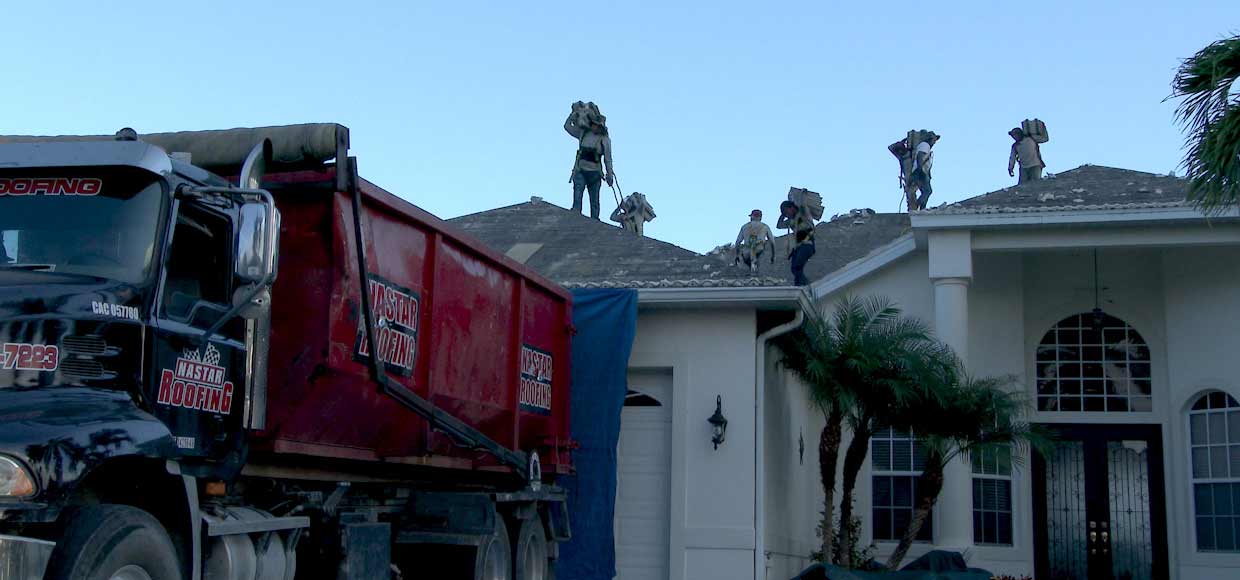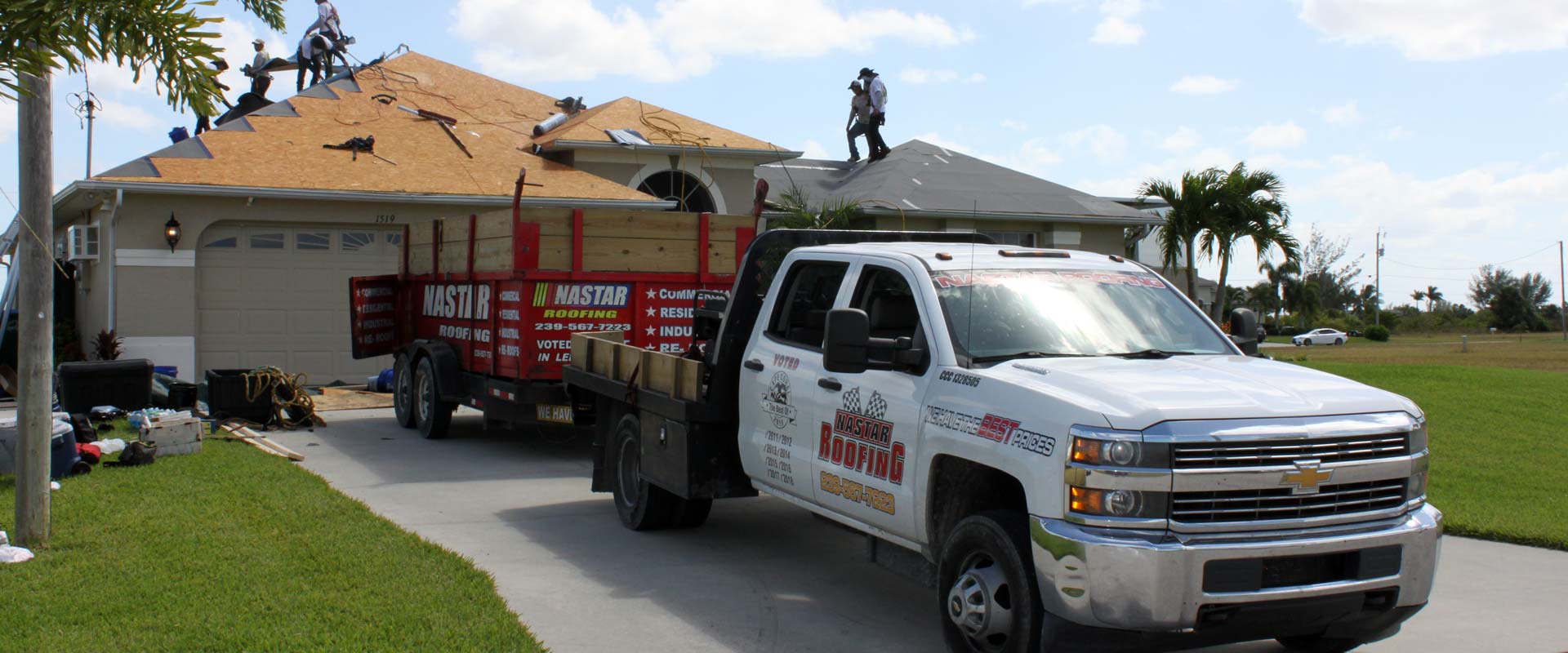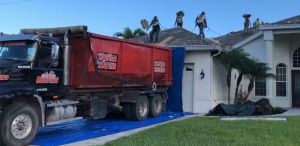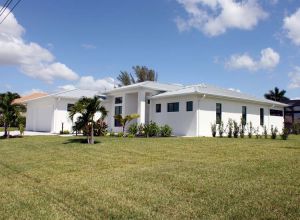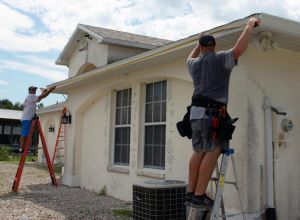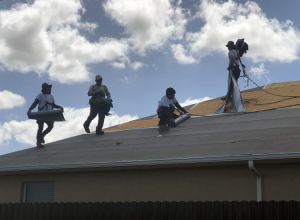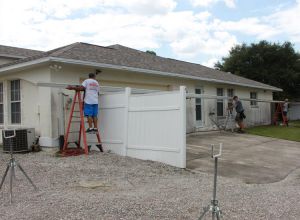The Roofing Company you can trust! Call for a free estimate
239-540-2443 • 239-567-7223
The Roofing Company you can trust! Call for a free estimate
239-540-2443 • 239-567-7223

Flat Roofs for Homes and Businesses
Installing a flat roof for your home or business can provide several benefits. There are basically three types of flat roofs styles that can be created for your structure.
These include the following:
- Built-up roofing commonly referred to as BUR is a roof system that is made by layering asphalt with fiberglass several layers thick. The top layer is finished with stone to provide the look you want.
- Modified Bitumen is laying thick rolled material on the roof and adding fiberglass to the area. This type of roof is a great way to repel water.
- Ethylene-Propylene Diene Monomer (EPDM) is a waterproof membrane sheet that is laid over the current roofing material.
While flat roofs have been around since ancient times, the technology behind them has continued to improve. Flat roofs have needs that differ from roofs that are angled and typically consist of specially designed materials that enhance their effectiveness. These materials are produced as a membrane that covers the entirety of the roof and helps remove water from the roof and prevent leaks. Several of the roofing materials that we frequently install on flat roofs include:
- Modified Bitumen: Developed from asphalt roofing, modified bitumen, consists of asphalt and other solvents and modifiers. There are two common modified bitumen materials SBSandAPP. SBS or Styrene Butadiene Styrene is a rubber based material that is highly resistant to tearing and allows bitumen to become malleable for easier application on roofs. APP or Atactic Polypropylene is a synthetic rubber polymer used to enhance bitumen’s ability to withstand normal wear and tear.
- TPO: Thermoplastic Polyolefin or TPO is a rubber polymer that is more durable and resistant than traditional rubber and three to five times as strong as EPDM roofing membranes.
- PVC: Polyvinyl Chloride or PVC is a form of vinyl roofing membrane. It is often combined with other polymers to augment its durability. These roofs are typically white in color and help reflect sunlight, leading to an increase in energy efficiency.
Flat roofs were originally developed by ancient civilizations in Egypt, Arabia and Persia as one of the first forms of architecture as a part of developed civilization. Over time, technology has improved, and we are able to build more stable, efficient and reliable roofing solutions. Today, many commercial and residential properties still employ flat roofs.


